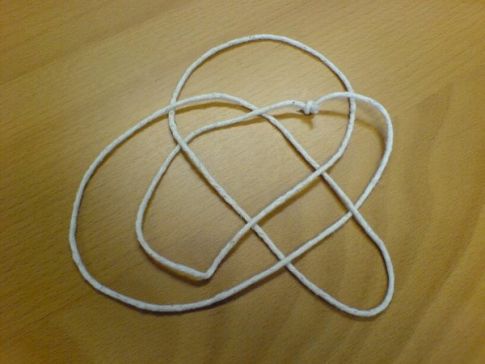
While the bulk of FQXi's physicists were clambering over volcanoes in the Azores earlier in the month, FQXi's Subir Sachdev organized a workshop of his own at the Kavli Institute of Theoretical Physics at UCSB on the possibility of uniting string theory with condensed matter physics. The workshop caught the eye of Nature's Eric Hand, who has covered it here.
Sachdev is now using string theory techniques to explain the behavior of superconductors, a move that could finally bring string theory into touch with experiments. Before getting overly excited, string-sceptic Peter Woit notes that this doesn't count as a test of string theory. "Just because a model works in one context, doesn't mean you can unify physics and get a fundamental theory of reality," he says in the Nature piece.
Still, doubtless it would exciting if Sachdev succeeds in his aim and relates one of the most esoteric disciplines with some of the practical aspects of physics. If you want to know what all the fuss is about then check out Kate Becker's article "The Black Hole and the Babel Fish" which outlines Sachdev's research program for uniting string theory with condensed matter and also describes the difficulty of bringing together two disparate physics communities. As physicist Jan Zaanen says of the math underlying the work in Becker's piece: "This seems to hint at yet deeper meanings...and it might well be that it will trigger a major shift in the understanding of the foundations."